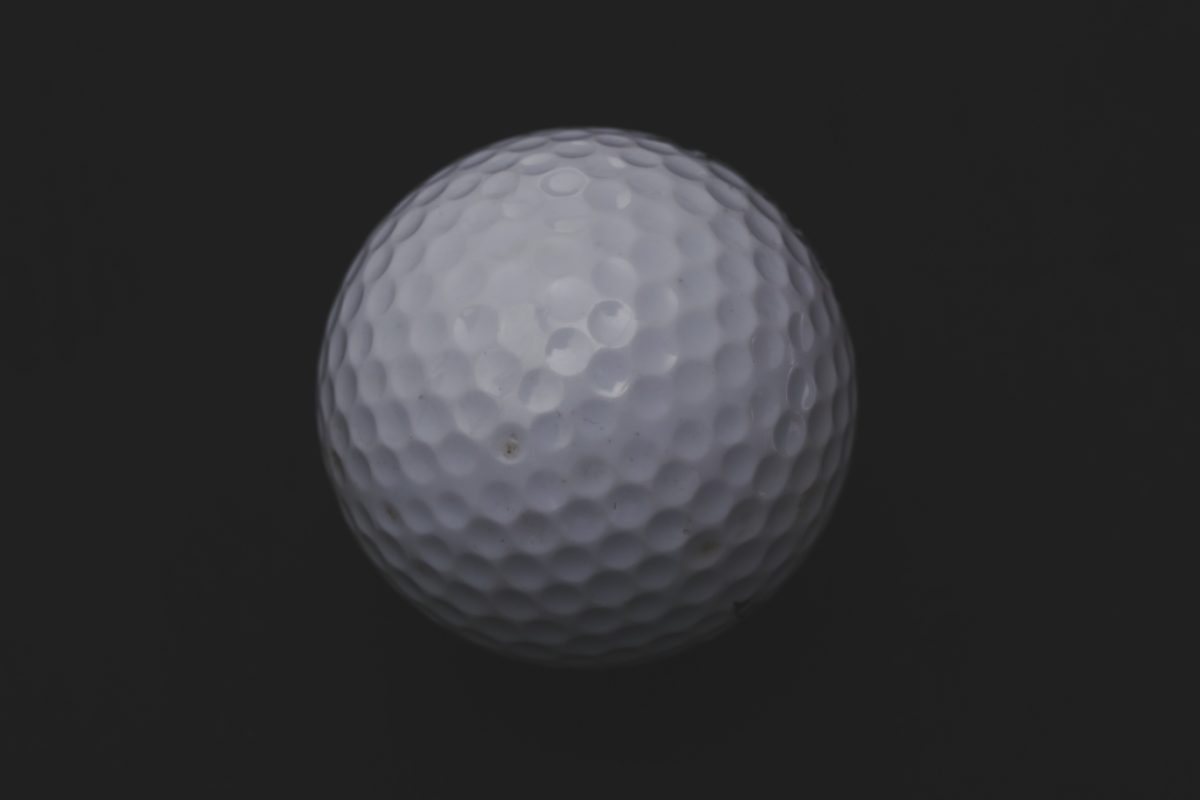Golf balls were not always the perfect white balls we know today. Their evolution is a story of innovation, serendipity and discoveries that changed the game forever.
In the 14th century, on the courses of Scotland, golfers played with wooden balls. They were crude, hard and with limited flight. But in the 17th century, the featherie, a leather ball stuffed with goose feathers, appeared. They were handmade and so expensive that losing one could be a real drama. At the time, though, only high society could afford to play golf.
The big change came in 1848 with the introduction of gutta-percha, a natural resin that made the balls more resistant and affordable. However, they were completely smooth, which made them unpredictable in the air. It was an accident that revolutionised their design: someone noticed that dented and dented balls flew better. Thus were born the iconic dimples, a key feature in the aerodynamics of modern golf.
In 1898, in the United States, the first rubber balls were created, with a solid core and taut threads. This meant more speed, more control and more distance. Since then, technology has continued to refine golf balls into true scientific marvels.
The funny thing is that it all started with something as simple as a piece of wood.

